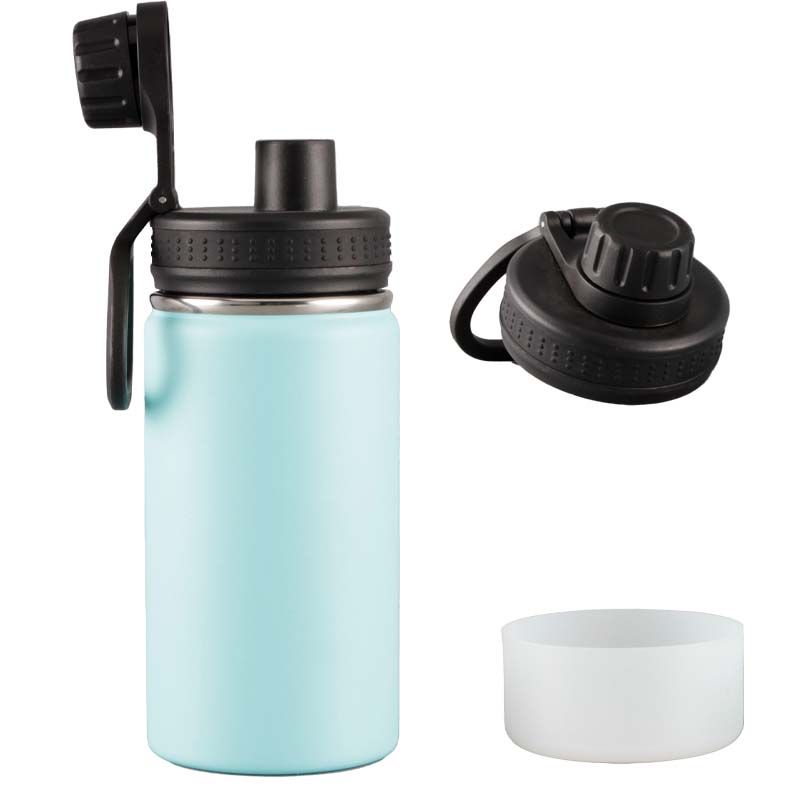When choosing environmentally friendly plastic cups, it’s essential to look for certain features and certifications that indicate the product’s sustainability and quality. Here are some tips to help you select good quality environmentally friendly plastic cups:
Material: Opt for cups made from biodegradable or compostable materials instead of traditional plastic (petroleum-based) cups. Common eco-friendly alternatives include bioplastics derived from corn, sugarcane, or other renewable sources. Check if the cups are labeled as biodegradable, compostable, or made from plant-based materials.
Certifications: Look for certifications like the Biodegradable Products Institute (BPI) certification or the OK Compost certification. These certifications ensure that the cups meet certain environmental standards and will break down efficiently in composting facilities.
Avoid oxo-degradable plastics: Be wary of cups labeled as “oxo-degradable” or “oxo-biodegradable.” While these plastics may break down into smaller pieces, they do not fully biodegrade and can contribute to microplastic pollution.
Recycled content: Some environmentally friendly plastic cups incorporate recycled materials. Cups made from post-consumer recycled plastic reduce the demand for new plastic production and help divert waste from landfills.
Avoid unnecessary additives: Some compostable plastics may contain additives that compromise their environmental benefits. Look for cups that are free from harmful chemicals and additives, such as BPA and phthalates.
Performance: Ensure that the cups meet your needs in terms of durability, heat resistance, and usability. Check reviews and customer feedback to gauge the product’s performance.
Packaging: Consider the packaging of the cups. Look for options with minimal or eco-friendly packaging to reduce waste.
Supplier credibility: Purchase from reputable suppliers or brands known for their commitment to sustainability and environmental responsibility.
Size and quantity: Estimate your needs to avoid excessive waste. Buying in bulk can sometimes reduce the overall environmental impact by reducing packaging waste.
Local options: Whenever possible, choose locally produced cups to minimize the carbon footprint associated with transportation.
Remember that while environmentally friendly plastic cups are a better option than traditional plastic cups, the most sustainable choice is still to use reusable alternatives like stainless steel, glass, or bamboo cups. If single-use cups can be avoided altogether, it will have a more significant positive impact on the environment.








